
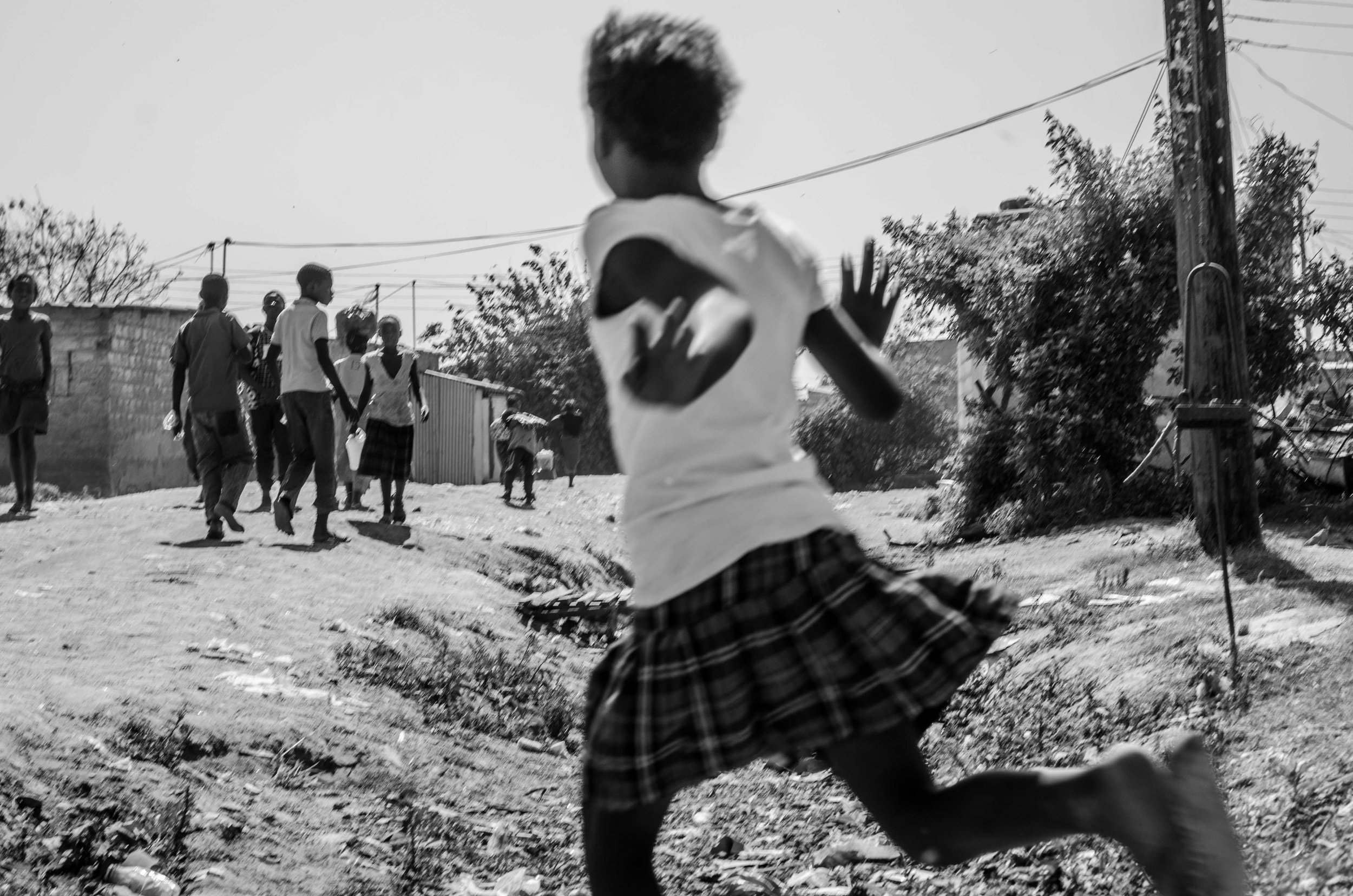
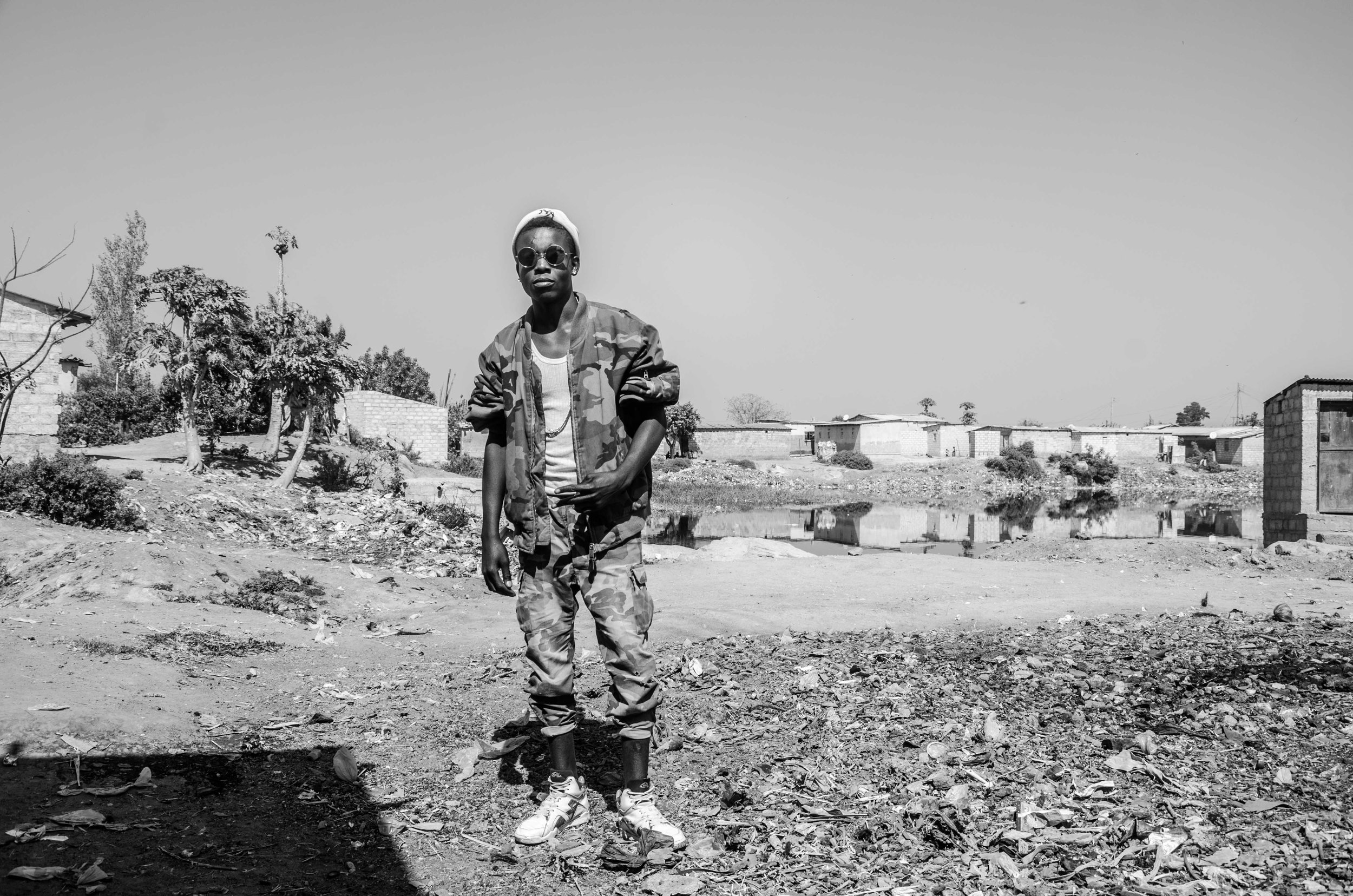


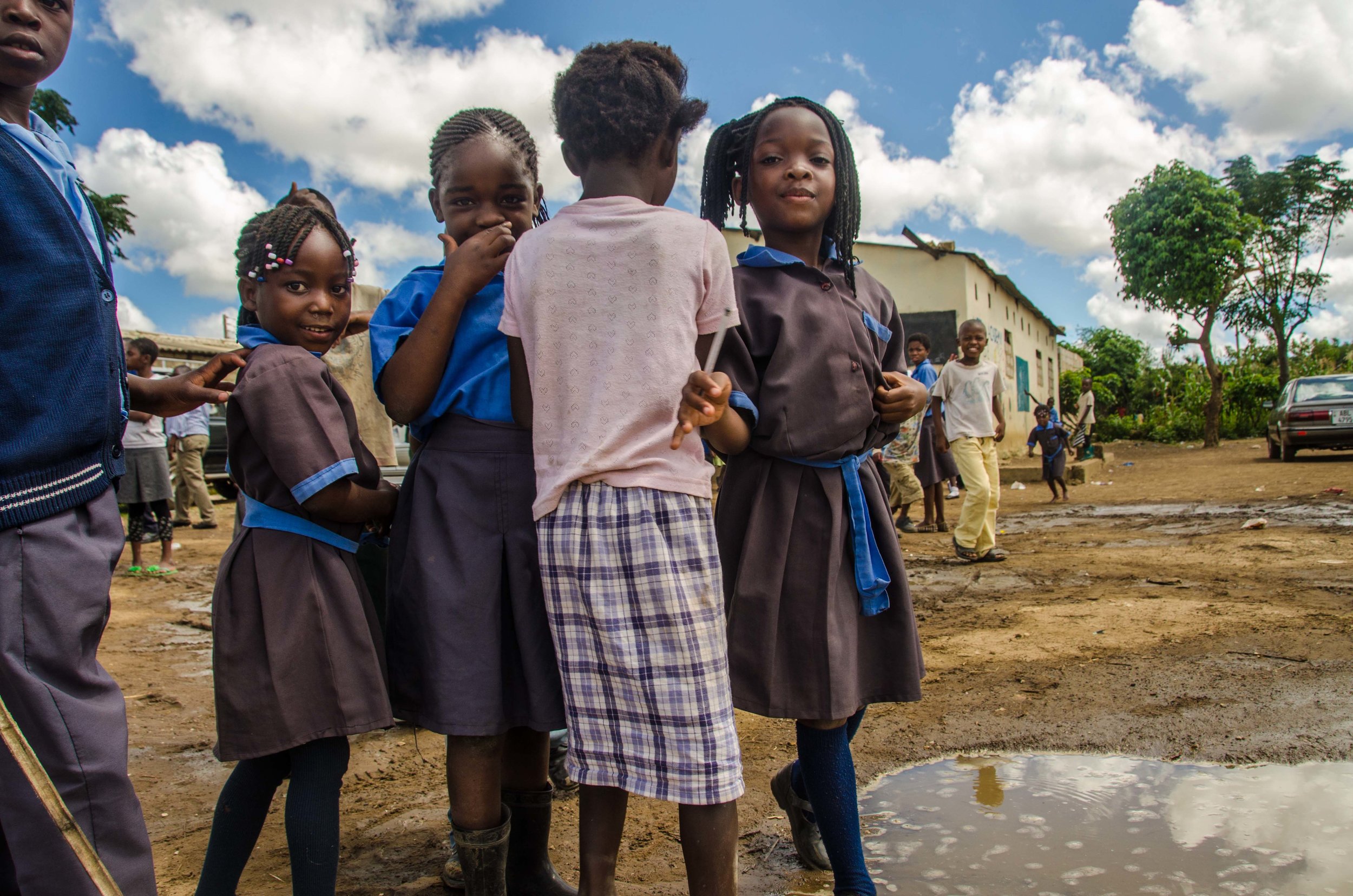
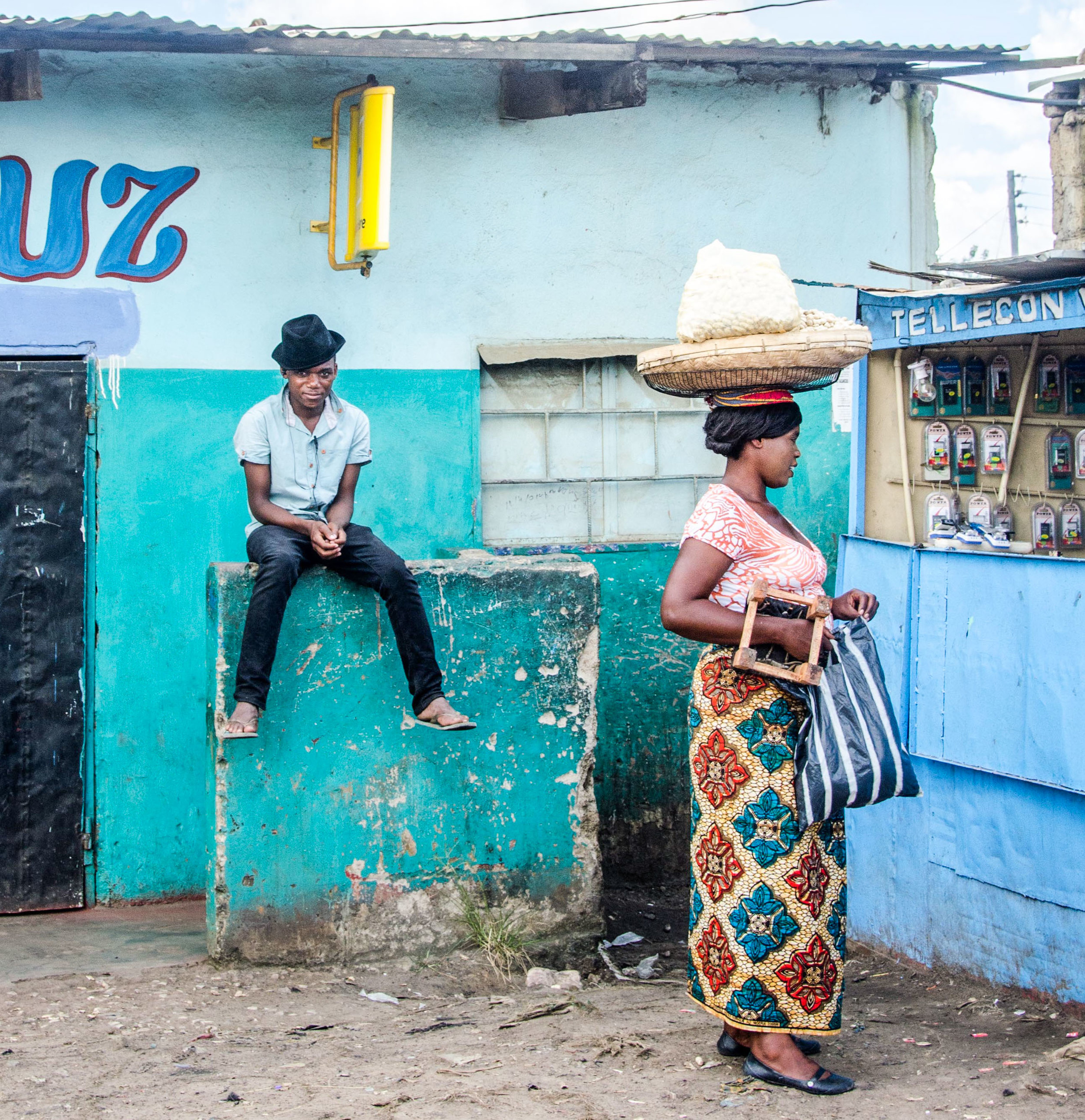
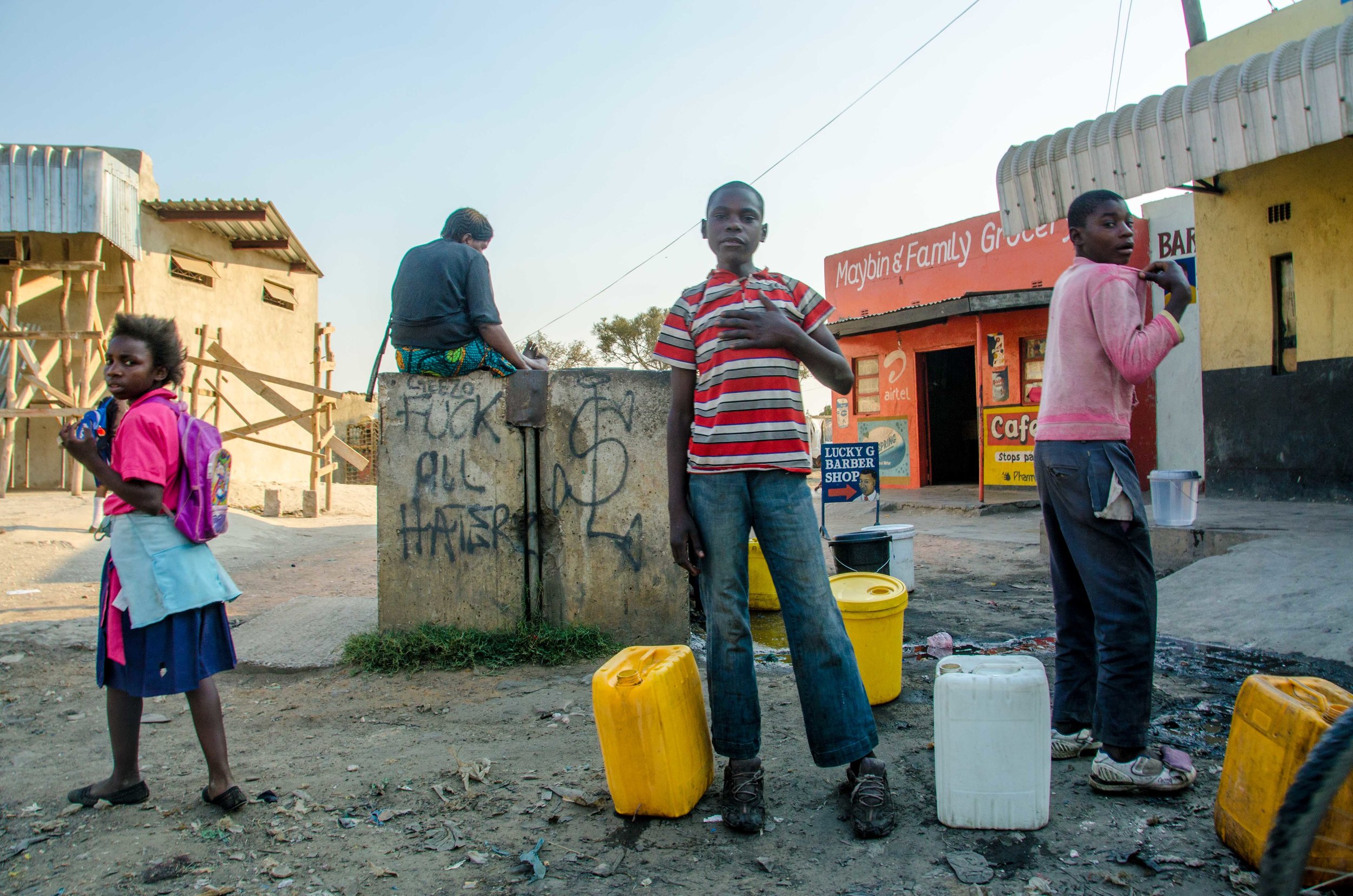
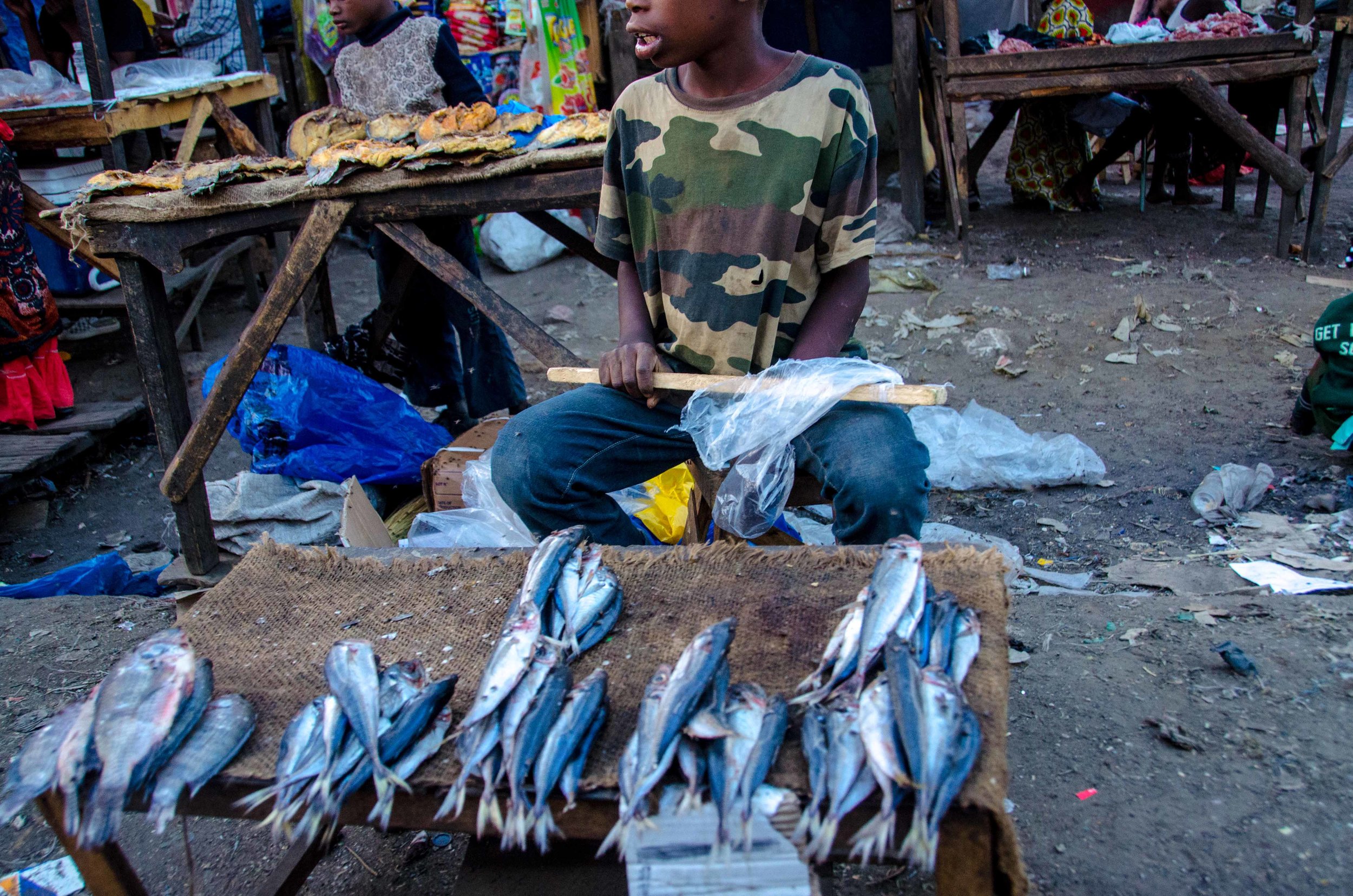
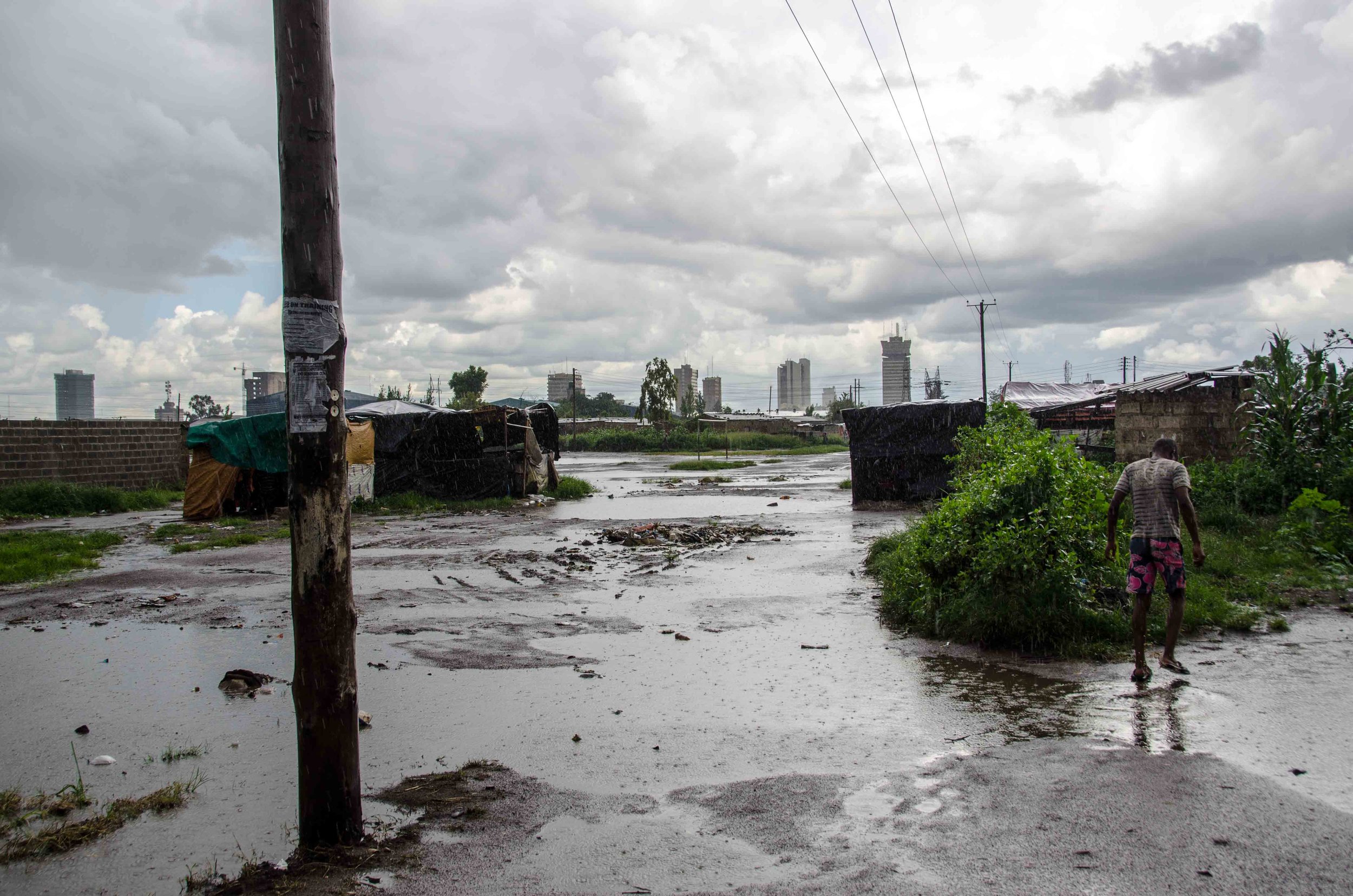
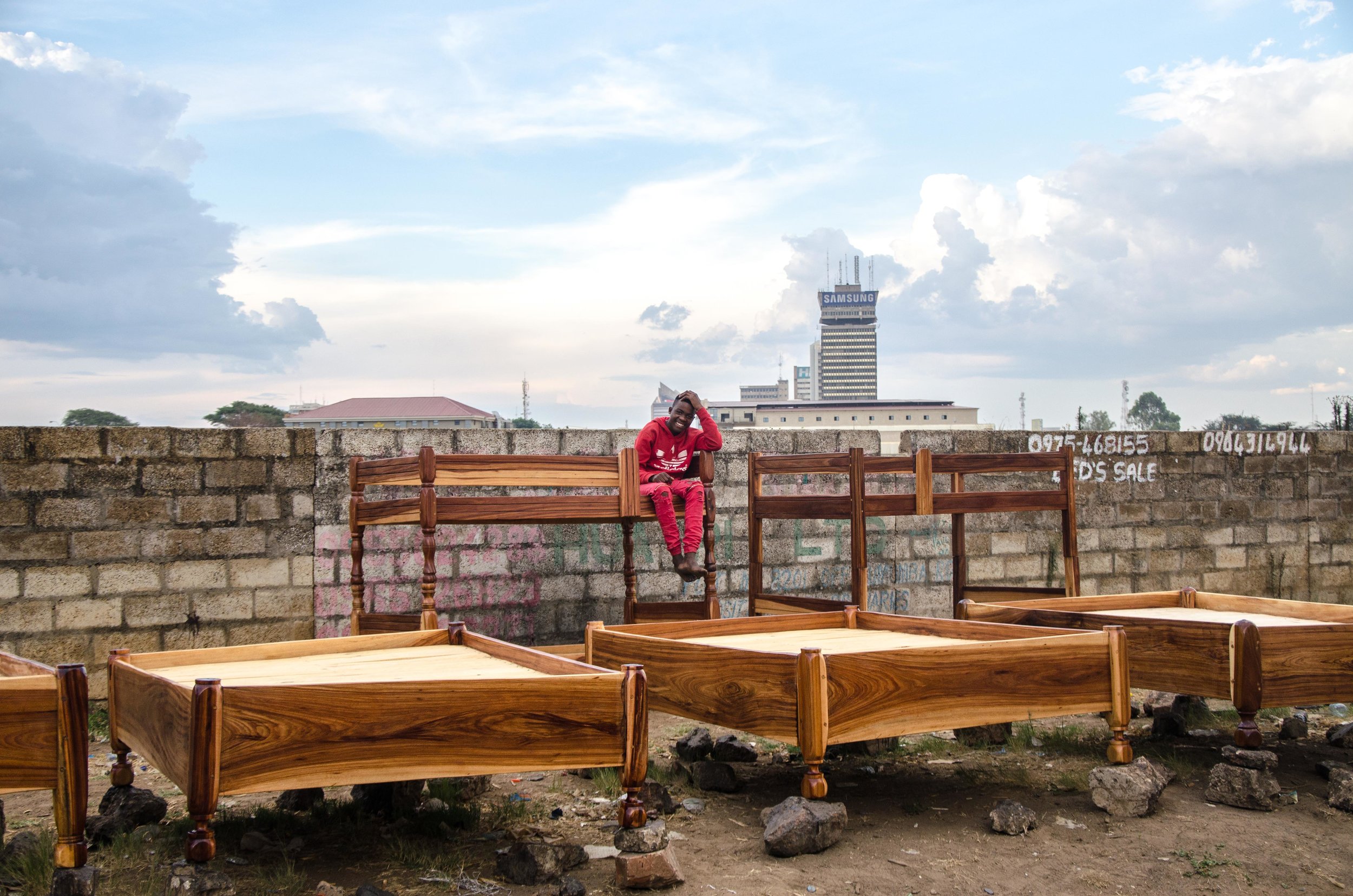
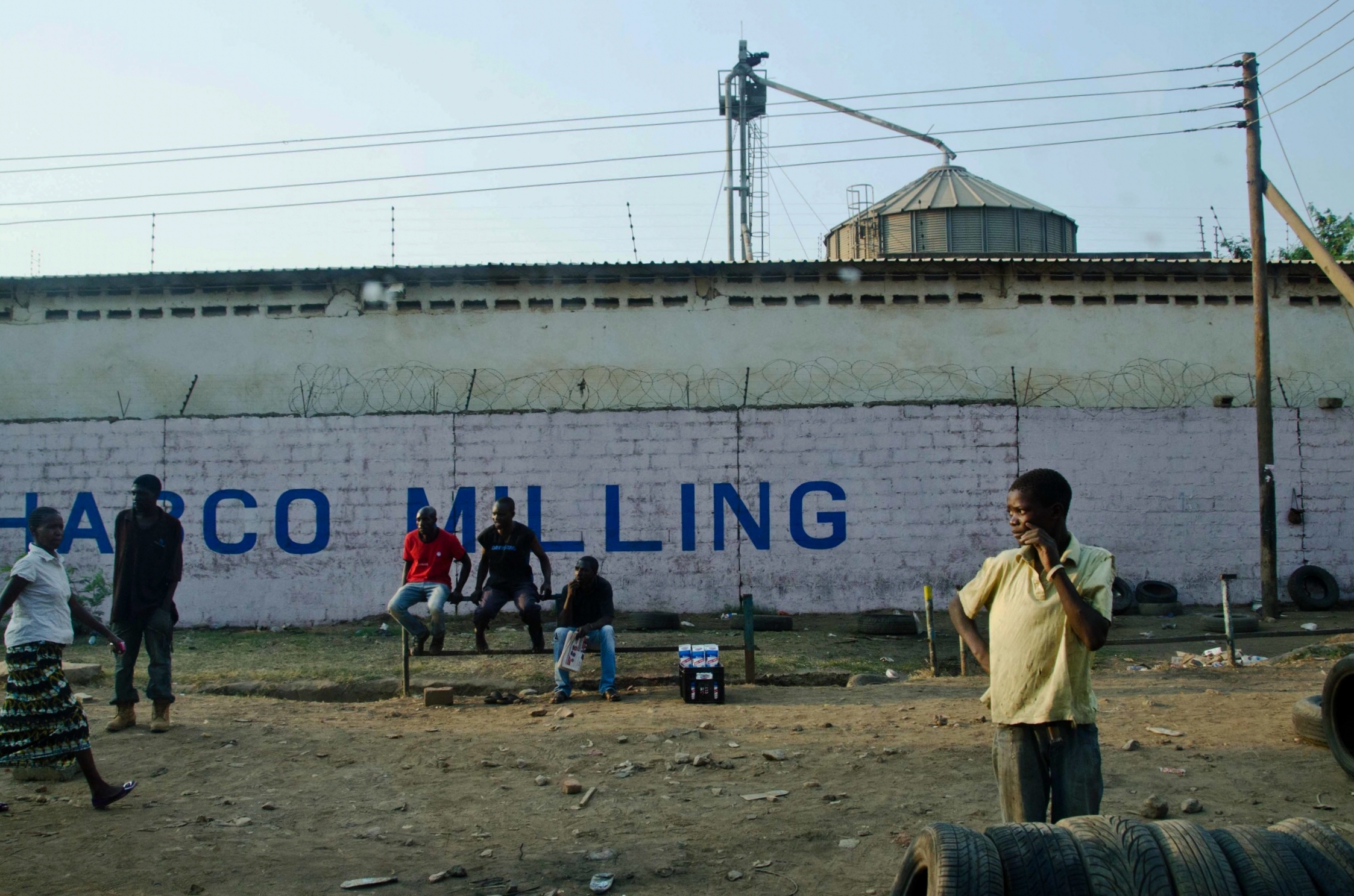
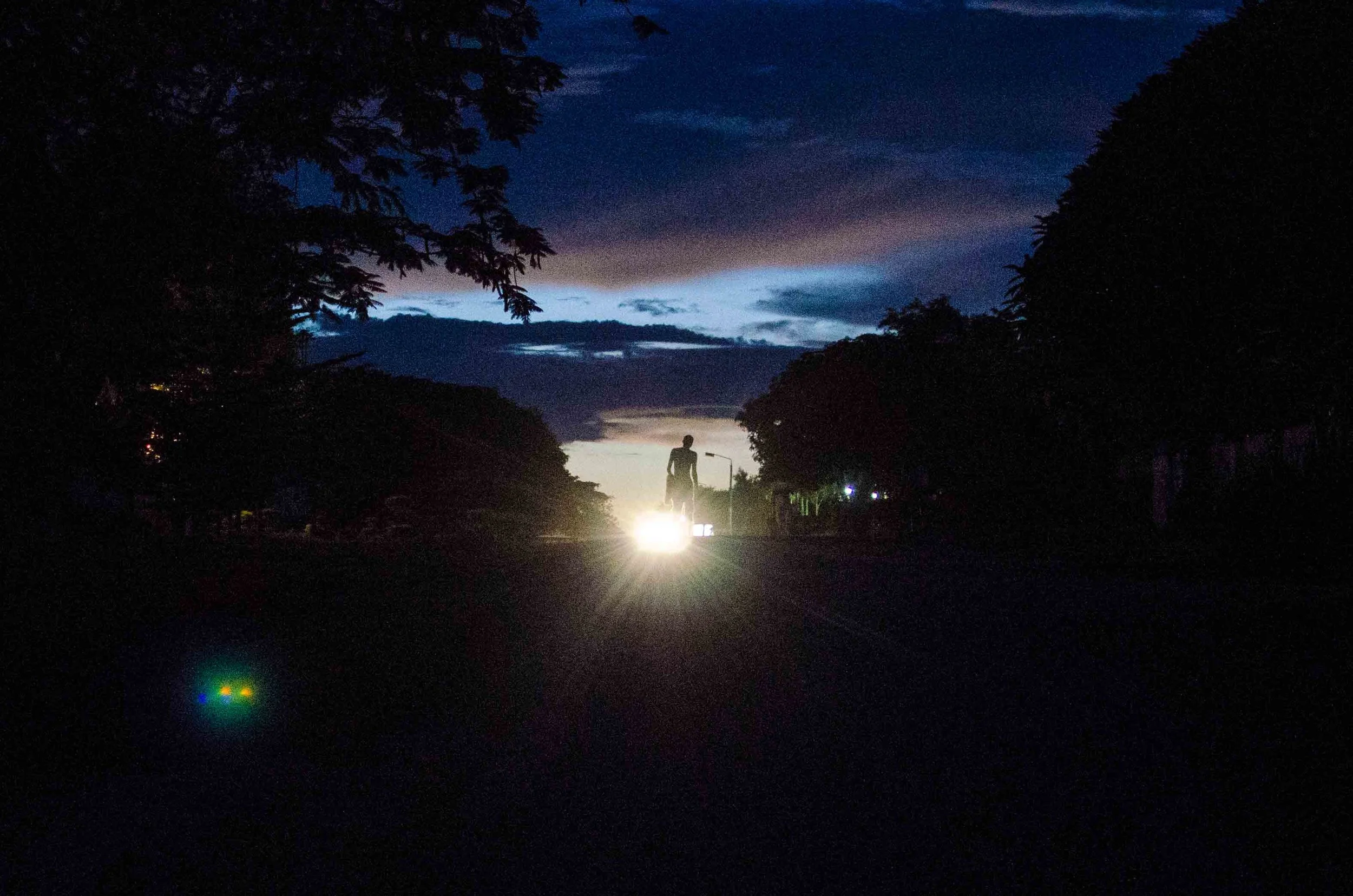

A mere 100 years ago, Lusaka was nothing more than a railway thoroughfare and sleepy nest, consisting of a group of buildings and farms. Only 1935, Lusaka was chosen to replace Livingstone as the capital of the British colony of Northern Rhodesia and the process of urbanization slowly started. Since independence and the creation of the Republic of Zambia in 1964, the population of the city has grown 12-fold from around 196’000 people to more than 2.5 million. Today, Lusaka is one of the fastest growing cities in the region.
This has resulted in a city with massive contradictions and challenges. While outsized shopping centers and high standard gated communities for the middle and upper class have mushroomed, the rapid influx of new low-income urban dwellers has also led to the creation of more than 30 high-density neighborhoods with poor services and high crime rates.
Due to my work for WASSER FÜR WASSER (WfW), I had the lucky chance to go and see very diverse neighborhoods in and around Lusaka. The following pictures were mainly taken during project visits in these most vibrating and vivid areas in this city in fast transition.